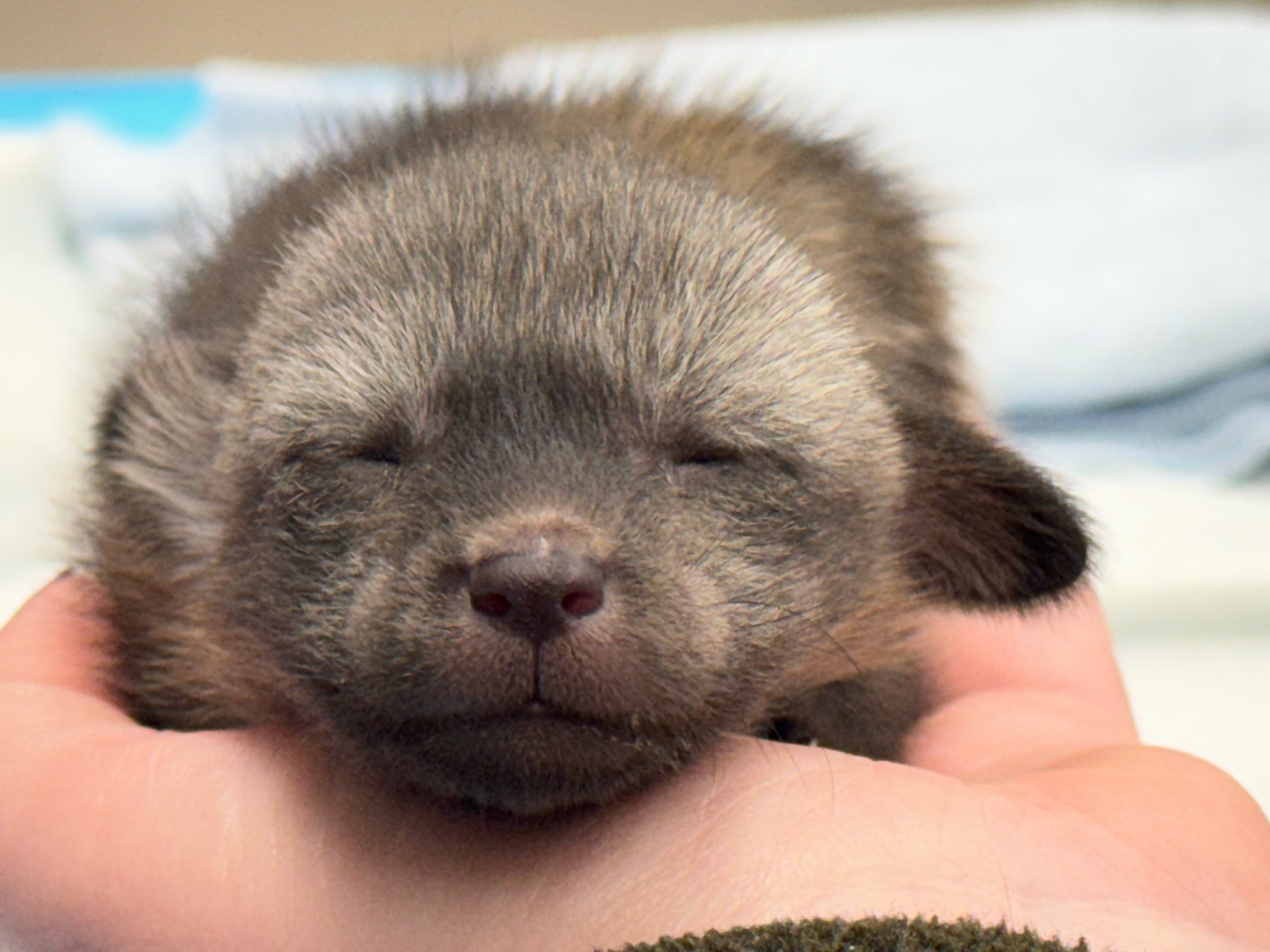Summary of Cincinnati Zoo Welcomes Bat-Eared Fox Kit:
A baby bat-eared fox was recently born at the Cincinnati Zoo & Botanical Garden and is in good health, being looked after by the Zoo’s neonate specialists and animal care staff. The male kit progresses well with bottle feeding, sleeps a lot, makes adorable vocalizations during feeding times, and is curious about his surroundings. Efforts are being made to socialize him comfortably with people, as he is set to become an ambassador animal for the Zoo, participating in the Cheetah Encounter and some events, with his public debut to be announced. Additionally, the Zoo invites name suggestions for the kit through social media. Bat-eared foxes are known for their large ears, exceptional hearing, and high tooth count, aiding their insect-based diet. They are native to eastern and southern Africa, thriving in grasslands but facing challenges from fur hunting and perceived threats to livestock. The Zoo, which operates daily from 10 a.m. to 5 p.m., offers membership sales and discounts on online ticket purchases, promising notable savings.
– The arrival of a bat-eared fox kit at Cincinnati Zoo signals a success in species management and conservation efforts.
– Bat-eared foxes’ unique behavioral and physical traits contribute to their role in their native ecosystems.
– Genetic diversity and zoo breeding programs are important to support global wildlife conservation.
– Educational and engagement initiatives by zoos play a critical role in raising public awareness about species conservation.
– Future strategies for wildlife conservation, focusing on collaboration between zoos and global conservation entities.
On April 12, 2024, Cincinnati Zoo & Botanical Garden celebrated the birth of a bat-eared fox kit, marking a significant addition to their diverse family of species. This event not only delighted visitors but also underscored the Zoo’s ongoing commitment to animal care, conservation, and education. As the kit adjusts to life under the watchful eyes of neonate specialists and animal care staff, its journey offers a fascinating glimpse into the world of wildlife conservation and the intricate role zoos play in it.
Bat-eared foxes, known for their distinctive oversized ears and keen hearing, are native to the grasslands of eastern and southern Africa. These foxes are insectivores, predominantly feeding on termites and other insects, which they locate using their exceptional hearing abilities. Their large ears dissipate heat and keep them cool in their arid habitats. Adults can measure between 18 and 26 inches in length and weigh between 7 and 12 pounds, showcasing a sizeable range in physicality for their species. These animals face threats from fur hunting and habitat encroachment due to mistaken beliefs about threats to livestock. By highlighting their unique adaptations and role in controlling insect populations, the Cincinnati Zoo aims to foster a deeper appreciation for these animals and their conservation needs.
Conservation breeding programs like those implemented by Cincinnati Zoo are vital for maintaining genetic diversity among endangered and vulnerable species. The arrival of the new bat-eared fox kit is a testament to the Zoo’s successful breeding initiatives. These programs help ensure species’ survival by creating genetically healthy populations that can be reintroduced into the wild or bolster existing groups. This strategy is crucial for species that face threats from diminished habitat sizes and environmental changes, which can lead to inbreeding and genetic bottlenecks in isolated populations.
Educational programs and engagement initiatives are key to Cincinnati Zoo’s mission. The Zoo fosters a connection between the public and wildlife by introducing visitors to the new bat-eared fox kit and involving them in activities such as name suggestions. This hands-on approach to conservation education helps raise awareness about the ecological importance of species like the bat-eared foxes and their challenges. Additionally, the kit’s future role as an ambassador animal in events and encounters will further promote public interest in wildlife conservation and encourage support for preservation efforts.
Looking forward, zoos like Cincinnati are focusing on collaboration with international conservation organizations to maximize their impact on wildlife preservation. These partnerships enable the sharing of research, resources, and best practices to protect ecosystems and combat the challenges of habitat loss, climate change, and illegal wildlife trade. The goal is to not only conserve species within the confines of zoos but also to contribute to broader conservation efforts that ensure species’ survival in their natural habitats.
The birth of the bat-eared fox kit at Cincinnati Zoo signifies more than just an increase in the number of animals under their care. It represents a step in the global effort to understand, protect, and preserve the natural world. Through dedicated conservation breeding, immersive educational experiences, and strategic partnerships, the Zoo plays a pivotal role in fostering a sustainable future for wildlife. As this bat-eared fox kit grows and becomes an integral part of the Zoo’s educational outreach, it will undoubtedly inspire countless individuals to become advocates for conservation and stewards of the planet.

